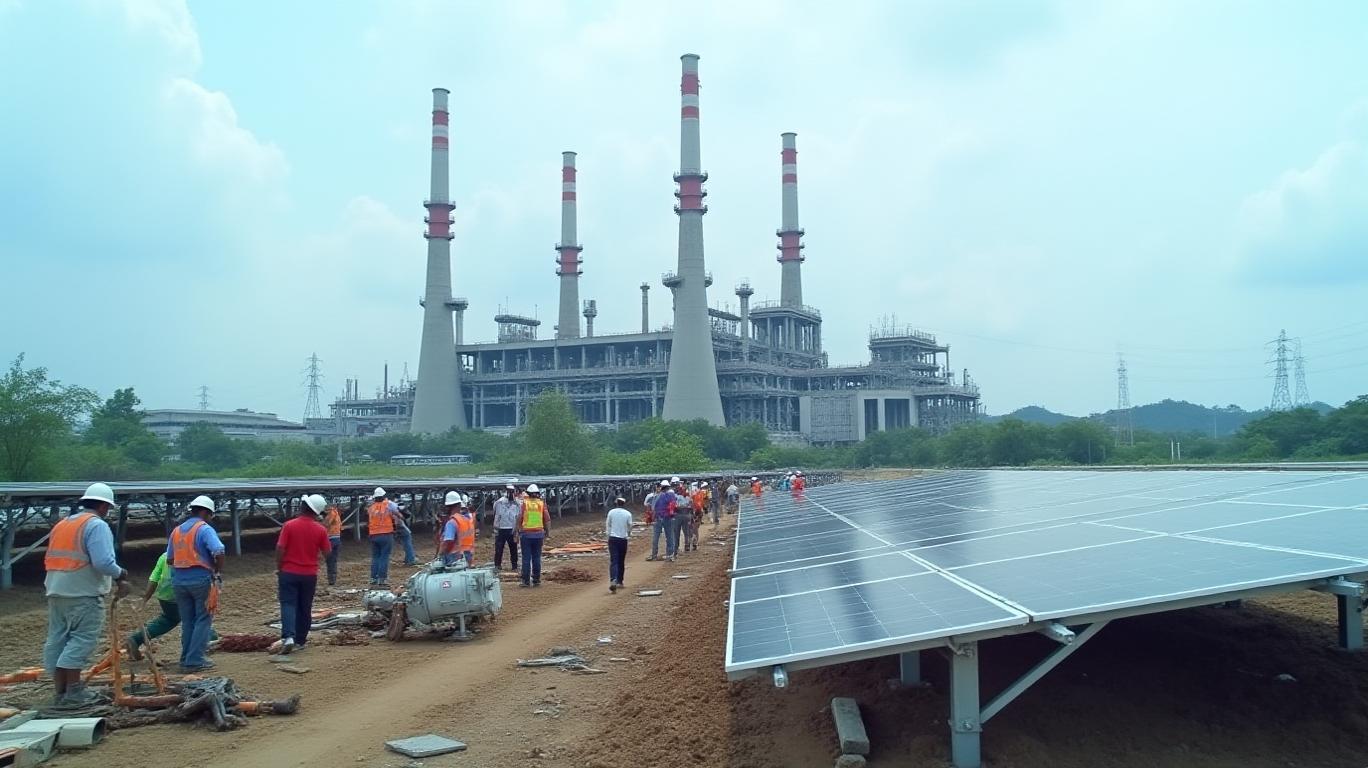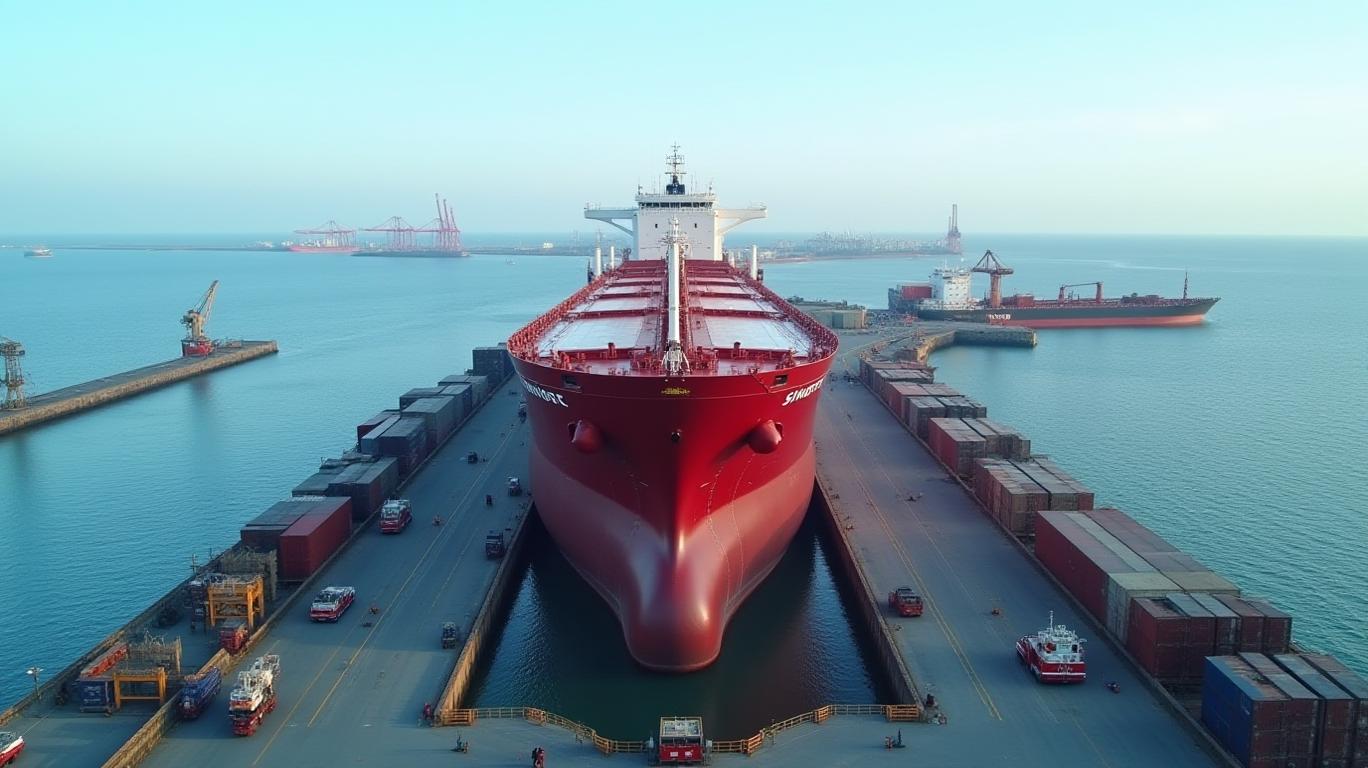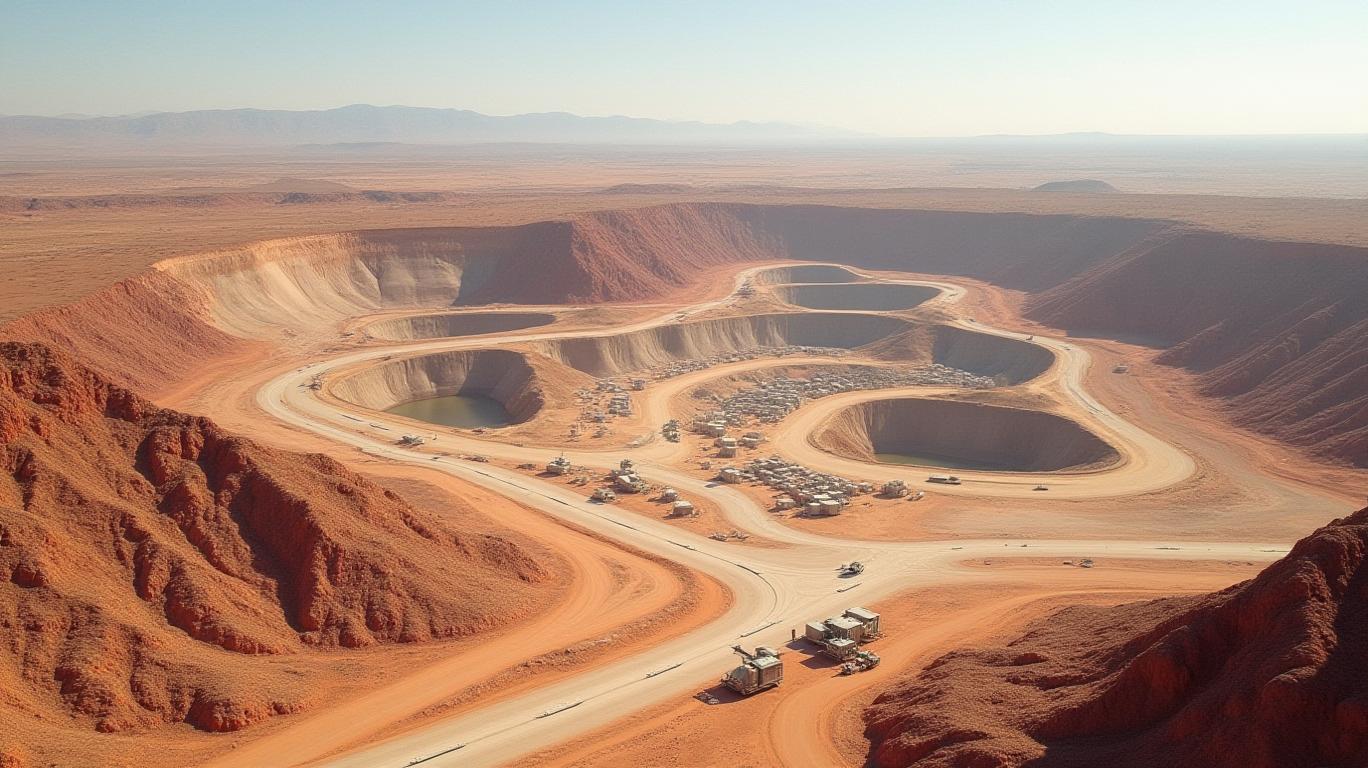Credits To Shutter Asia’s Coal Plants Early Win Key New Backing
Asia’s coal-dependent energy sector faces a critical crossroads. With over 5,000 coal-fired power plants (CFPPs) operating in the region—many under long-term government-backed contracts—early closures are hampered by stranded asset risks and compensation obligations. Enter transition credits, a novel financial mechanism emerging as a game-changer. These credits monetize avoided carbon emissions from accelerated coal plant retirements, creating revenue streams to offset losses and fund renewable replacements. In 2025, partnerships between banks, investors, and multilateral institutions are scaling this approach, offering a blueprint for Asia’s clean energy transition.
The Power of Partnerships: Mizuho, GenZero, and Beyond
A landmark collaboration between Mizuho Bank (8411.T) and GenZero, a Singapore-based decarbonization firm owned by Temasek, has catalyzed momentum. Their February 2025 Memorandum of Understanding (MoU) aims to mobilize capital for transition credit projects, targeting coal-to-clean energy shifts in Asia. Transition credits here act as a bridge, compensating plant owners for lost revenues while incentivizing renewables investments.
The partnership underscores Japan’s role as a financial hub for Asia’s decarbonization, with Mizuho leveraging its regional influence to attract institutional investors. GenZero’s CEO Frederick Teo emphasizes the strategic synergy: “Transition credits turn stranded assets into stranded liabilities’ opposites—opportunities for growth.”
Case Studies: From Theory to Reality
Transition credits are already in action, with pilot projects demonstrating their viability:
Indonesia’s Cirebon-1 CFPP:
A $325 million refinancing package led by the Asian Development Bank (ADB) enabled this 660 MW plant to close seven years early. Transition credits covered compensation for owners, while concessional funding from Japan and Germany funded renewable replacements.Philippines’ SLTEC Plant:
Originally slated for closure in 2040, this plant’s shutdown was advanced to 2030 via lower-cost debt, institutional equity, and transition credits. The ADB and Singapore’s central bank partnered to pilot this model, avoiding 7 million tonnes of CO₂ emissions by 2035.Chile’s Tocopilla CFPP:
A $125 million loan from the Inter-American Development Bank (IDB) accelerated retirements, with transition credits financing solar and wind projects.

Financial Mechanisms and Valuations
Transition credits are priced between $11–52 per metric tonne of CO₂ equivalent (MTCO₂e), depending on project specifics like plant age and replacement costs. These credits complement other tools:
- Cost-of-debt refinancing: Concessional loans from MDBs lower interest rates, reducing the burden on plant owners.
- Ratepayer-backed securitization (RBS): In regulated markets, utilities issue bonds funded by consumer surcharges, redirecting savings to renewables and community support.
- Managed Transition Vehicles (MTVs): These entities acquire coal plants at reduced equity costs, leveraging concessional capital.
Challenges on the Horizon
Despite progress, hurdles remain:
- Pricing and Scalability: Case-specific valuations limit broad adoption.
- Additionality: Critics question if credits are redundant in markets where coal is already uneconomical.
- Contractual Barriers: Many PPAs and government subsidies lock in coal plants for decades, requiring renegotiation.
- Just Transition Costs: Weak labor protections in countries like Malaysia (where only 6% of workers are unionized) complicate compensation for affected communities.
Conclusion: A Pivotal Moment for Asia’s Energy Future
Transition credits are proving indispensable to Asia’s coal phase-out, with pilot projects like the Philippines’ 7 million-tonne CO₂ avoidance and Indonesia’s Cirebon-1 closure demonstrating tangible results. The Mizuho-GenZero partnership and ADB’s initiatives highlight how blended finance—combining private capital, MDBs, and carbon markets—can scale this approach.
However, success hinges on overcoming fragmented contractual frameworks and ensuring equitable compensation. With $12.8 billion pledged globally for South Africa’s energy transition (post-U.S. withdrawal) and Japan’s leadership in financial innovation, Asia’s clean energy future is within reach—if stakeholders align policies, capital, and principles of equity.
As the region transitions, investors should monitor MDB project pipelines, carbon credit valuations, and labor reforms—key indicators of whether transition credits will become the cornerstone of Asia’s green revolution.


_442a2dcc1749832873286.jpeg)
_e68fac6d1749831664430.jpeg)






